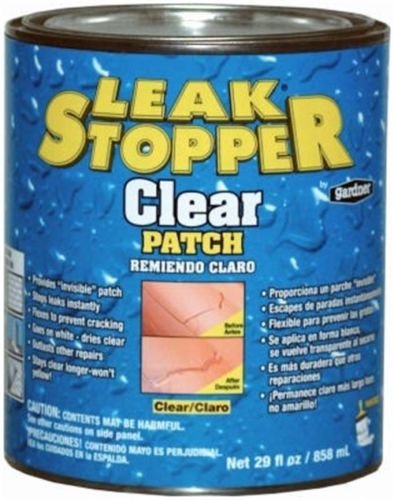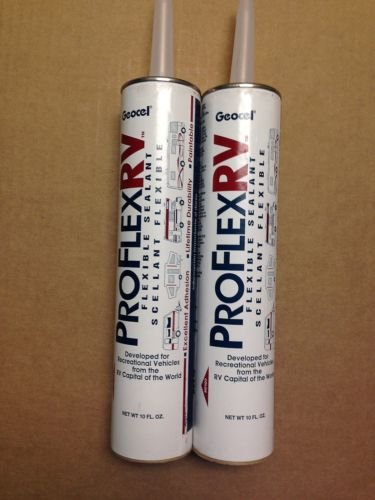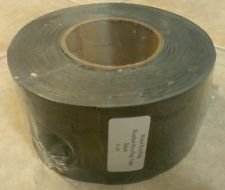itswhatido
New Member
First post on the forum and thanks all for the useful information posted here.
Retired in East Texas in the Piney Woods near Palestine, TX 75803.
Weighed our "new to us" 1992 2292L 22' Hi Lo the other day before heading out to Inks Lake State Park northwest of Austin. Tipped the accurate scales at 4520. Wow! Wasn't expecting that. Holding tanks were not empty, nor were they full. Fresh water tank was about 50%.
Passed inspection with new 205x75x15 tires and a bit of tinkering with the clearance and license plate lights. Most everything else is original and works.
Met the seller from Pensacola for the transaction in New Orleans and towed it about 450 miles home to East Texas behind a Toyota Tacoma with Firestone Ride Rite air bags. Our Inks Lake trip was also about 450 miles without any major issues behind a 94 GMC 3/4 diesel. Pulled it with our bumper hitches, but have a Reese WD hitch I will rig up soon.
Used about two cartridges of silicone chalk to seal up the top edge seams and to go around the door and windows.
Have some soft spots on the top inside. Not bad, but not good.
So, Howdy from Texas, we dig the Hi Lo, and the adventure begins!
If anyone has ideas why our 2292L weighs 4520 instead of the 3600-3900 we were expecting, we would appreciate your input.
Retired in East Texas in the Piney Woods near Palestine, TX 75803.
Weighed our "new to us" 1992 2292L 22' Hi Lo the other day before heading out to Inks Lake State Park northwest of Austin. Tipped the accurate scales at 4520. Wow! Wasn't expecting that. Holding tanks were not empty, nor were they full. Fresh water tank was about 50%.
Passed inspection with new 205x75x15 tires and a bit of tinkering with the clearance and license plate lights. Most everything else is original and works.
Met the seller from Pensacola for the transaction in New Orleans and towed it about 450 miles home to East Texas behind a Toyota Tacoma with Firestone Ride Rite air bags. Our Inks Lake trip was also about 450 miles without any major issues behind a 94 GMC 3/4 diesel. Pulled it with our bumper hitches, but have a Reese WD hitch I will rig up soon.
Used about two cartridges of silicone chalk to seal up the top edge seams and to go around the door and windows.
Have some soft spots on the top inside. Not bad, but not good.
So, Howdy from Texas, we dig the Hi Lo, and the adventure begins!
If anyone has ideas why our 2292L weighs 4520 instead of the 3600-3900 we were expecting, we would appreciate your input.




